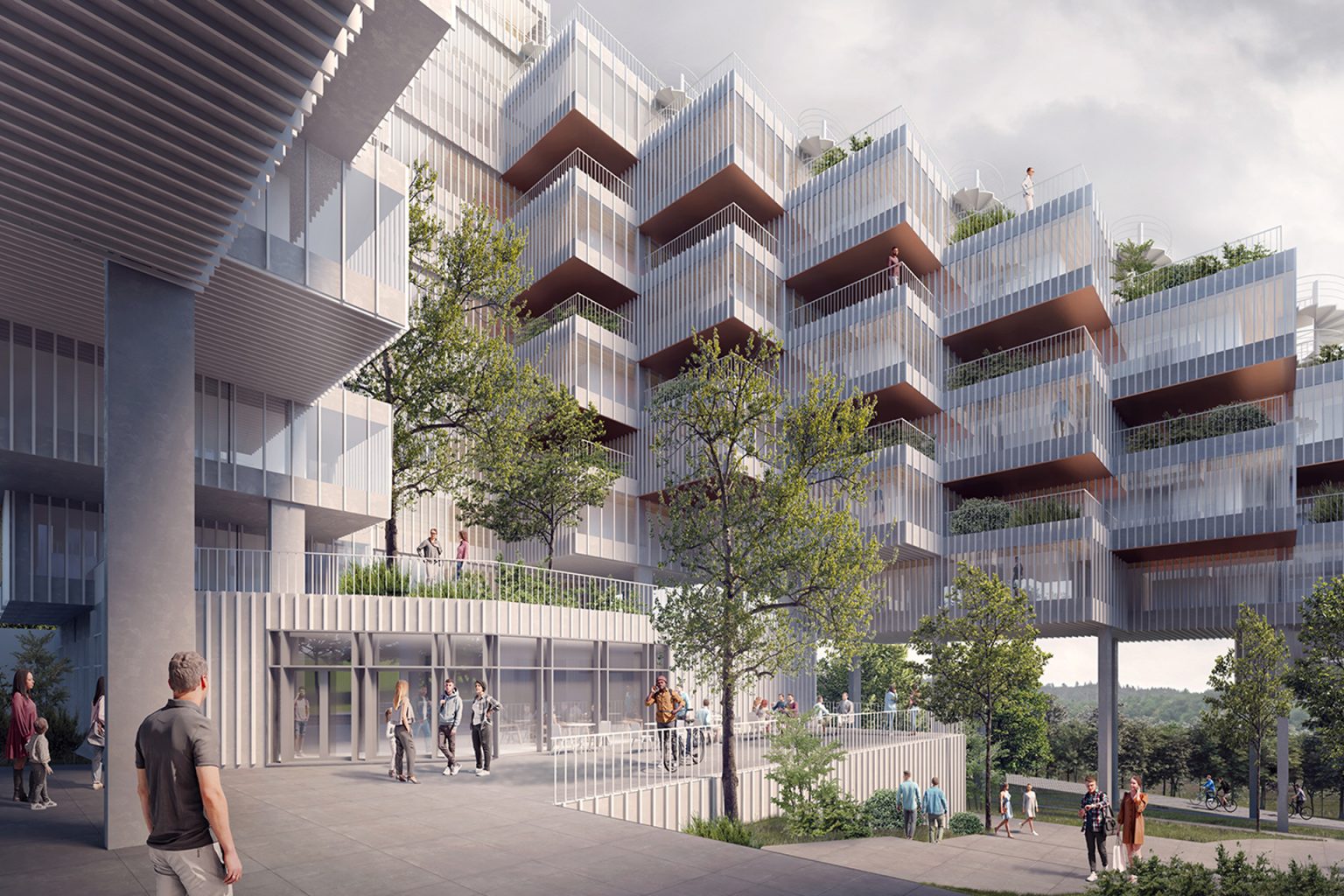The concept of a two-dimensional (2D) human, an entity constrained to a flat plane, evokes a multitude of fascinating considerations about existence, experience, and interaction with the world. This hypothetical exploration seeks to examine the multifarious aspects of life for a being that exists in only two dimensions, touching upon physical attributes, essential activities, social interactions, and the inherent limitations and advantages of such a unique perspective.
Physical Attributes and Existence
At the onset of our examination, we must contemplate the fundamental nature of physicality within a 2D realm. A 2D human, devoid of the third dimension, would possess width and height but lack depth. Their anatomy would consist merely of outlines and representations—no visceral organs or skeletal structures would reside within this plane. Consequently, the implications for health and physiological processes are profound. Nutritional intake, for instance, would transform significantly; the absorption of energy might occur through osmosis or surface contact rather than ingestion in a traditional sense.
Moreover, the aesthetic attributes of a 2D human would diverge from our three-dimensional understanding. Color, pattern, and texture would dictate their appearance, with a focus on how light interacts with their surfaces. The potential for varying styles—such as vibrant, angular, or fluid designs—would dominate 2D fashion, allowing for radical expressions of identity within the constraints of a flat existence.
Daily Activities and Survival
In envisioning the quotidian life of a 2D human, one must consider their interactions with the environment. Daily activities, essential for survival, would bear a distinct emphasis on spatial navigation. Moving through a 2D space presents unique challenges: obstacles would materialize as mere lines or shapes, requiring strategic maneuvers to circumvent. The act of walking or running could instead manifest as gliding or sliding along defined pathways, simulating a form of locomotion dictated by geometry rather than biomechanics.
Recreation, too, would shift in form and function. Activities such as sports might evolve into games that exploit angles and trajectories, embracing a strategy that capitalizes on line-of-sight principles. A game of “2D tag,” for example, might consist of characters maneuvering through a series of checkered spaces, highlighting their ability to change positions seamlessly without the complications of elevation.
Social Constructs and Interaction
The social dynamics of a 2D human landscape reveal yet another fascinating dimension. Communication may rely heavily on visual symbols and colors rather than verbal utterances. Dialogue could therefore manifest through shifting patterns and displays, with emotive expressions articulated through color modulation and movement orientation. The vibrancy of community life could result in dynamic interactions, reminiscent of a living painting that evolves over time.
Hierarchical structures within this society could eschew physical stature in favor of the intricacies of design and complexity. Status may correlate with the layer of intricacy in one’s representation, where more complex shapes signify higher societal roles, an idea resonating with aesthetic theorists who contend that beauty can encapsulate power in various forms.
Moreover, the formation of relationships among 2D humans may wrangle with the intricacies of proximity and alignment. Bonds could deepen through shared patterns or colors, creating a tapestry of friendship that ebbs and flows with the dynamic shifts of their visual representation. This interplay results in a society where emotional connection is intertwined with visual identity, fostering empathy that transcends mere words.
Technological Utilization
The technological infrastructure of a 2D society would necessitate innovation tailored to their unique form of existence. Communication devices could materialize as expansive screens or holographic projections which serve both as interfaces for social interaction and as canvases for artistic expression. Digital art forms may proliferate, allowing for ever-evolving creations that reflect the cultural zeitgeist.
Furthermore, modes of transportation would likely exist in layers, functioning much like visuals in a computer program. Rapid transit systems might transform, becoming pathways of color and light that intersect and communicate, offering efficient travel across vast 2D spaces. Such an architecture would embody tranquility while exhibiting a complex network of relationships, highlighting the beauty inherent in these geometric interactions.
Limitations and Philosophical Implications
Despite the dazzling constructs of a 2D human existence, limitations remain integral to their reality. The absence of depth implies a conspicuous constraint on sensory experience; tactile interactions and the multifaceted appreciation of the environment are inherently stilted. The 2D human would navigate a world that, while potentially rich in color and visual nuances, would forego the layered, immersive experiences that dimensional beings relish.
This raises profound philosophical questions regarding the nature of consciousness and perception. How would a being capable of only 2D experience conceptualize abstract notions such as love, ambition, or mortality? The inquiry into consciousness itself becomes a focal point, positing that the dimensionality of existence might fundamentally shape the fabric of thought and ambition.
In summation, the life of a 2D human is a tapestry woven from the strands of unique physicality, innovative activities, complex social interactions, and experiential limitations. The reflections prompted by this exploration of a two-dimensional existence challenge us to reassess our own three-dimensional perceptions and the diverse realities that might arise from differing foundational principles. Life in two dimensions serves not just as an intellectual curiosity but as a lens through which we may scrutinize the very essence of existence itself—a reminder that experience is shaped as much by physical properties as it is by the mind that contemplates them.












